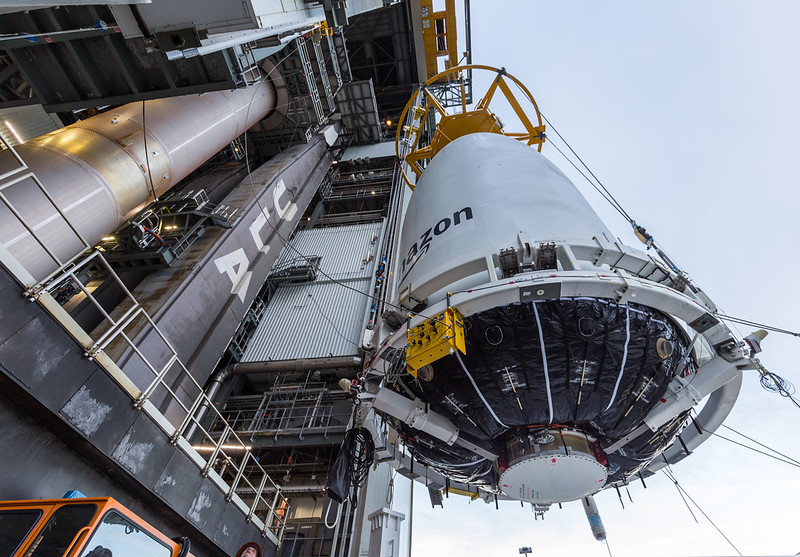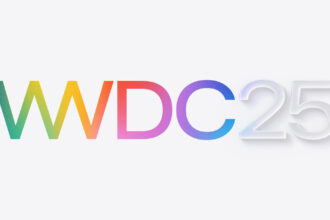Amazon just took a major leap into space. On April 28, 2025, United Launch Alliance (ULA) successfully launched the first batch of production satellites for Amazon’s Project Kuiper.
27 operational satellites were delivered into low-Earth orbit atop an Atlas V rocket from Cape Canaveral, Florida, officially kicking off Amazon’s ambitious plans to build a massive satellite internet network.
Project Kuiper is Amazon’s $10 billion bet on providing fast, reliable internet worldwide, especially to underserved and remote regions.
In total, they’re planning a constellation of 3,236 satellites, aiming to compete with SpaceX’s already established Starlink network — And they’re moving fast.
Amazon expects to start offering internet service by late 2025. They’ve even revealed their customer terminals, promising they’ll cost under $400 — a clear move to make Kuiper accessible for more people.
Although Amazon is entering the satellite internet race later than SpaceX, it remains undeterred.
Starlink, SpaceX’s network, already boasts over 8,000 satellites in orbit and serves more than 5 million customers worldwide.
However, Jeff Bezos and his team are confident that there is ample room, both in orbit and in the market, for multiple providers to thrive.
Backing up its ambitions, Amazon has locked in 83 rocket launches across multiple providers, including ULA, Arianespace, and Blue Origin (Bezos’ own aerospace company), to deploy the full Kuiper network in the coming years.
This successful first deployment isn’t just about getting satellites into orbit — it shows that Amazon is serious about becoming a major force in space-based internet.
The race to connect the world from space just got even more exciting.














